#forests
Text


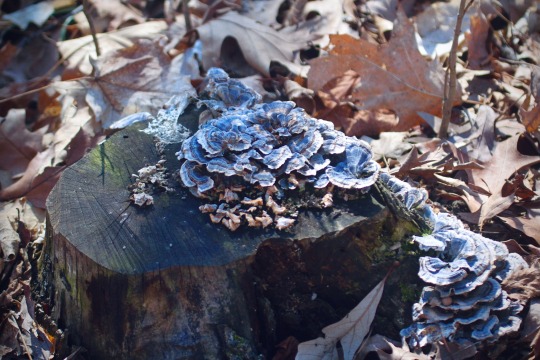


Early spring at Busse Woods, Illinois
Taken April 2024
111 notes
·
View notes
Text
#taylors version#books & libraries#augmented reality#ariana grande#calzona#love simon#blowing smoke#motorsport#forests#troye sivan#study hard
122 notes
·
View notes
Text

G.A24 - Journey of a lifetime
#artists on tumblr#light academia#cottage aesthetic#gardening#lightworker#cottagecore#flowers#beautiful#spring#blossom#forest#woods#forests#travel
20 notes
·
View notes
Text
"A century of gradual reforestation across the American East and Southeast has kept the region cooler than it otherwise would have become, a new study shows.
The pioneering study of progress shows how the last 25 years of accelerated reforestation around the world might significantly pay off in the second half of the 21st century.
Using a variety of calculative methods and estimations based on satellite and temperature data from weather stations, the authors determined that forests in the eastern United States cool the land surface by 1.8 – 3.6°F annually compared to nearby grasslands and croplands, with the strongest effect seen in summer, when cooling amounts to 3.6 – 9°F.
The younger the forest, the more this cooling effect was detected, with forest trees between 20 and 40 years old offering the coolest temperatures underneath.
“The reforestation has been remarkable and we have shown this has translated into the surrounding air temperature,” Mallory Barnes, an environmental scientist at Indiana University who led the research, told The Guardian.
“Moving forward, we need to think about tree planting not just as a way to absorb carbon dioxide but also the cooling effects in adapting for climate change, to help cities be resilient against these very hot temperatures.”
The cooling of the land surface affected the air near ground level as well, with a stepwise reduction in heat linked to reductions in near-surface air temps.
“Analyses of historical land cover and air temperature trends showed that the cooling benefits of reforestation extend across the landscape,” the authors write. “Locations surrounded by reforestation were up to 1.8°F cooler than neighboring locations that did not undergo land cover change, and areas dominated by regrowing forests were associated with cooling temperature trends in much of the Eastern United States.”
By the 1930s, forest cover loss in the eastern states like the Carolinas and Mississippi had stopped, as the descendants of European settlers moved in greater and greater numbers into cities and marginal agricultural land was abandoned.
The Civilian Conservation Corps undertook large replanting efforts of forests that had been cleared, and this is believed to be what is causing the lower average temperatures observed in the study data.
However, the authors note that other causes, like more sophisticated crop irrigation and increases in airborne pollutants that block incoming sunlight, may have also contributed to the lowering of temperatures over time. They also note that tree planting might not always produce this effect, such as in the boreal zone where increases in trees are linked with increases in humidity that way raise average temperatures."
-via Good News Network, February 20, 2024
#trees#forests#reforestation#tree planting#global warming#climate change#climate crisis#american south#the south#eastern us#southern usa#conservation#meteorology#global temperature#conservation news#climate news#environment#hope#good news#hope posting#climate action#climate science#climate catastrophe#climate hope
12K notes
·
View notes
Text

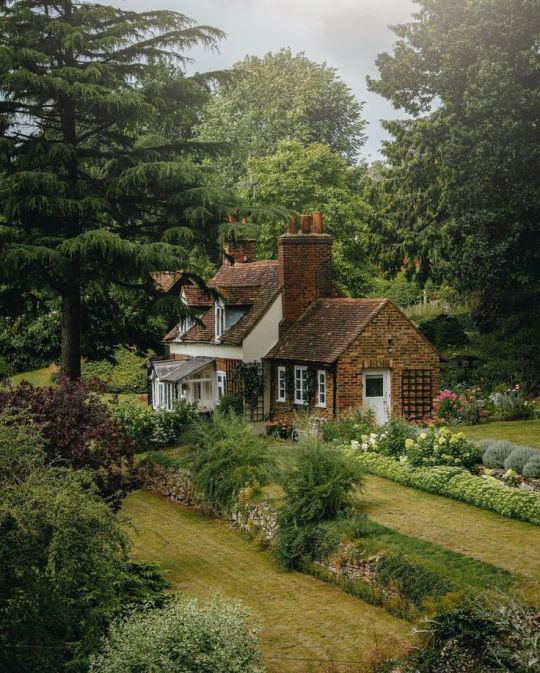


#landscape#paradise#nature#adventure#explore#travel#travelling#photography#naturecore#cottagecore#aesthetic#forest#forests#mountains#cozycore#cozy#architecture#fairycore#cabins
7K notes
·
View notes
Text
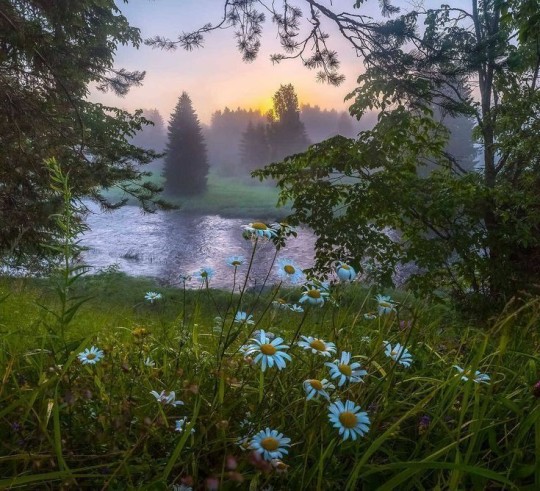
#cozycore#cottage life#cottagecharm#cottagestyle#plants#grandma aesthetic#warmcore#countrycore#cottage garden#gardencore#trees and forests#forest cottage#forest witch#dark forest#forests#forest#forest aesthetic#forestcore#flower fields#spring flowers#flower photography#nature aesthetic#nature core#plant core#plant aesthetic#plantblr#pond aesthetic#sunrise aesthetic#soft aesthetic#softcore
11K notes
·
View notes
Text
CA Redwoods to Be First National Park Co-Managed with a Native American Tribe That Used to Own it https://www.goodnewsnetwork.org/ca-redwoods-to-be-the-first-national-park-co-managed-with-a-native-american-tribe-that-used-to-own-it/
questionable headline aside this is good news
The Yurok will be the first Tribal nation to co-manage land with the National Park Service under a historic memorandum of understanding signed on Tuesday by the tribe, Redwood national and state parks, and the non-profit Save the Redwoods League, according to news reports.
The Yurok tribe has seen a wave of successes in recent years, successfully campaigning for the removal of a series of dams on the Klamath River, where salmon once ran up to their territory, and with the signing of a new memorandum of understanding, the Yurok are set to reclaim more of what was theirs.
#good news#environmentalism#science#canada#redwoods#yurok#save the redwoods league#not really land back#but still a good step#nature#stewardship#indigenous#indigenous land stewardship#environment#conservation#animals#trees#forests
3K notes
·
View notes
Text




#naturecore#nature#scenery#landscape#explore#garden#gardencore#paradise#countryside#nature peace#peaceful scenery#grasslands#flowercore#plantlife#trees#forests#cozycore#photography#travel#peaceful places#peaceful vibes
2K notes
·
View notes
Photo

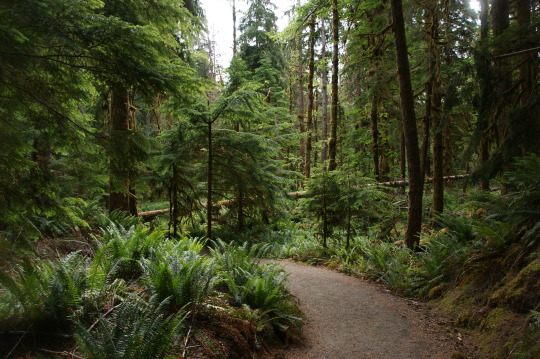
Trail on the south side of the Skokomish River - Olympic National Park
6K notes
·
View notes
Text
I'm a little late apparently but new big tree

It's a Western Redcedar, in western Canada and 1,000 years old
2K notes
·
View notes
Text

#moon#night sky#crescent moon#night#night time#sky#evening#nature#naturecore#trees#forest#landscapes#windy#forests#greenery#windy day#leaves#foliage#autumn leaves#fall foliage#autumn#fall#autumn aesthetic#fall season#fall vibes#fall aesthetic#darkness#dark aesthetic#aesthetic#fairycore
3K notes
·
View notes
Text
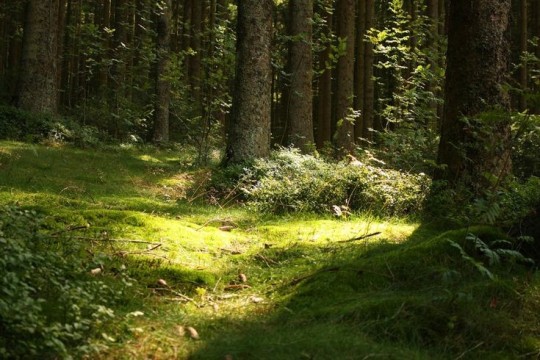
#nature#cottagecore#hopecore#fae#nature aesthetic#greenery#nature blog#forest aesthetic#trees and forests#meadow#light#lighting#forest#forests#fairies#fairy#fae folk#faecore#faerycore#fairy aesthetic#fairycore#i love you
3K notes
·
View notes
Photo

Strabantzerchen : Bilder und Reime - Hans von Volkmann - 1906 - via Staatsbibliothek zu Berlin
3K notes
·
View notes
Text
"In an unprecedented step to preserve and maintain the most carbon-rich elements of U.S. forests in an era of climate change, President Joe Biden’s administration last week proposed to end commercially driven logging of old-growth trees in National Forests.
Secretary of Agriculture Tom Vilsack, who oversees the U.S. Forest Service, issued a Notice of Intent to amend the land management plans of all 128 National Forests to prioritize old-growth conservation and recognize the oldest trees’ unique role in carbon storage.
It would be the first nationwide amendment to forest plans in the 118-year history of the Forest Service, where local rangers typically have the final word on how to balance forests’ role in watershed, wildlife and recreation with the agency’s mandate to maintain a “sustained yield” of timber.
“Old-growth forests are a vital part of our ecosystems and a special cultural resource,” Vilsack said in a statement accompanying the notice. “This clear direction will help our old-growth forests thrive across our shared landscape.”
But initial responses from both environmentalists and the logging industry suggest that the plan does not resolve the conflict between the Forest Service’s traditional role of administering the “products and services” of public lands—especially timber—and the challenges the agency now faces due to climate change. National Forests hold most of the nation’s mature and old-growth trees, and therefore, its greatest stores of forest carbon, but that resource is under growing pressure from wildfire, insects, disease and other impacts of warming.
Views could not be more polarized on how the National Forests should be managed in light of the growing risks.
National and local environmental advocates have been urging the Biden administration to adopt a new policy emphasizing preservation in National Forests, treating them as a strategic reserve of carbon. Although they praised the old-growth proposal as an “historic” step, they want to see protection extended to “mature” forests, those dominated by trees roughly 80 to 150 years old, which are a far larger portion of the National Forests. As old-growth trees are lost, which can happen rapidly due to megafires and other assaults, they argue that the Forest Service should be ensuring there are fully developed trees on the landscape to take their place...
The Biden administration’s new proposal seeks to take a middle ground, establishing protection for the oldest trees under its stewardship while allowing exceptions to reduce fuel hazards, protect public health and safety and other purposes. And the Forest Service is seeking public comment through Feb. 2 (Note: That's the official page for the proposed rule, but for some reason you can only submit comments through the forest service website - so do that here!) on the proposal as well as other steps needed to manage its lands to retain mature and old-growth forests over time, particularly in light of climate change.
If the Forest Service were to put in place nationwide protections for both mature and old-growth forests, it would close off most of the National Forests to logging. In an inventory concluded earlier this year in response to a Biden executive order, the Forest Service found that 24.7 million acres, or 17 percent, of its 144.3 million acres of forest are old-growth, while 68.1 million acres, or 47 percent, are mature."
-via Inside Climate News, December 20, 2023
-
Note: This proposed rule is current up for public comment! If you're in the US, you can go here to file an official comment telling the Biden administration how much you support this proposal - and that you think it should be extended to mature forests!
Official public comments really DO matter. You can leave a comment on this proposal here until February 2nd.
#united states#us politics#conservation#climate change#sustainability#forests#old growth forest#national forest#carbon emissions#climate action#climate crisis#forest service#biden#biden administration#public comment#good news#hope#it took me soooo long to hunt down the actual public comment link#by which I mean like 10 minutes but like#that's too long! especially considering I am way better at navigating language and bureaucratic websites like this#than A LOT of people#why tf can't you just comment on the Official Website For Public Commenting?#aka regulations.gov#baffling#anyway the good news is I did find it so pls do go ahead and submit a comment if you can
3K notes
·
View notes
Text




#landscape#paradise#nature#adventure#explore#travel#travelling#photography#naturecore#cottagecore#aesthetic#snow#winter#forest#forests#mountains#cozycore#cozy
4K notes
·
View notes
Photo
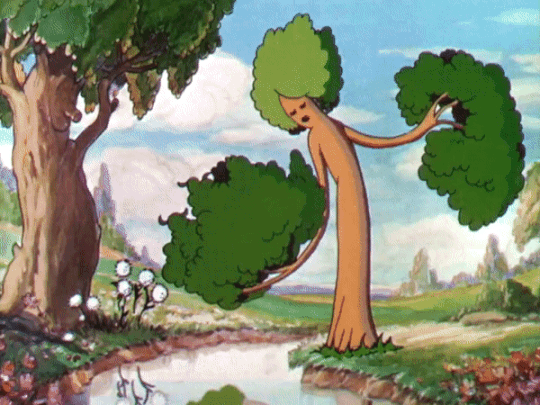

Silly Symphony - Flowers and Trees (1932)
#original#silly symphonies#flowers and trees#disney#vintage cartoon#vintage#cottagecore#warmcore#cozycore#nature#naturecore#forests#forestcore#disneyedit#dailyanimation
7K notes
·
View notes